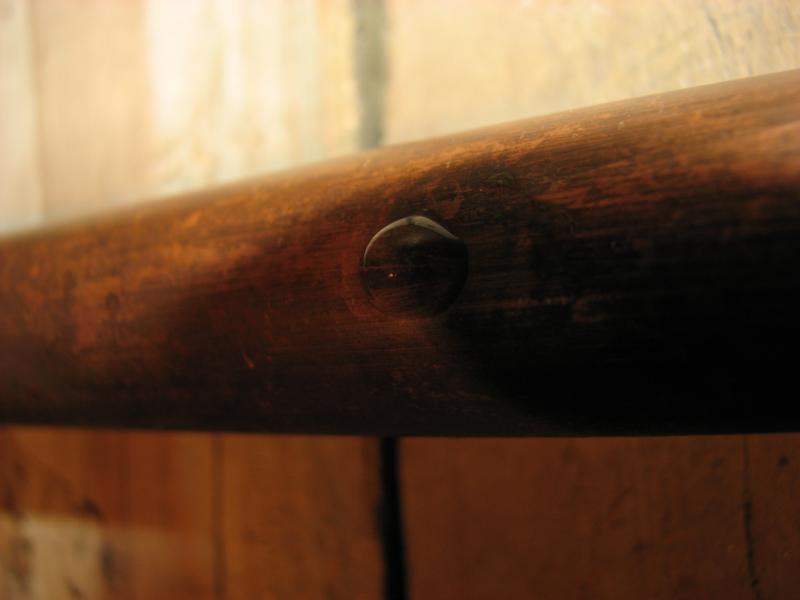Whilst reading up about Stainless steel in plumbing I came across this which mentions pinholing in copper in a wider study:
http://www.bssa.org.uk/cms/File/BSSA PLUMBING P.1-4.pdf
I'll copy the document's pertinent text below in case the original moves or disappears.....
USE IN SCOTTISH HOSPITALS
Stainless steel has been used for plumbing installations across the U.K., but has been of particular importance in Scottish hospitals. The following quotations from the Scottish Hospital Technical Note 2 Version 1 (SHTN) explain some of the reasons for the growing popularity of stainless steel
installations:
This SHTN addresses the problems experienced by the NHS in Scotland in consequence of the corrosion of copper pipework systems. Despite extensive research, the absolute cause of the corrosion is not yet understood, but enough is understood to allow the conclusion to be reached that copper pipework in Domestic Hot and Cold Water (DHCW) services in hospitals in many areas of Scotland, where the water is soft, and contains high levels of sediment, has a high propensity to failure¹.
The Technical Note elaborates this basic conclusion in more detail:
• Since 1983 it has become evident that corrosion of copper piping within DHCW services in many Scottish hospitals and other Healthcare Premises (HPs) is a serious problem.
• This corrosion, which takes the form of localised pitting or ‘pinhole’ attack to the wall of the piping, may be unique to institutional buildings, and with slight variations, has been found to be predominant in soft water regions throughout Scotland. Other countries in mainland Europe have experienced similar problem, with Northern Ireland and Wales recently identifying corrosion within HPs.
• Although this form of attack has not as yet resulted in a catastrophic form of failure, it does lead nevertheless to a severe shortening of a system’s useful life, with a noticeably growing incidence of repair work and disruption to the operation of a hospital as the extent of pipe failure and water leakage increases.
• Several Scottish hospitals which have suffered serious pipework corrosion have now been re-piped using alternative materials for the pipework system.
• The approved alternative materials are, at this time, the austenitic stainless steels, the polyvinyl-chloride (PVC) plastics, polybutylene and crosslinked polyethylene (PEX)².
Sources in the above document:
¹ Domestic hot and cold water systems for Scottish Healthcare Premises Scottish Hospital Technical Note 2, (Version 1), NHS Scotland, Property and Environment Forum, December 1999, p.7.
² ibid, pp.8 & 9


